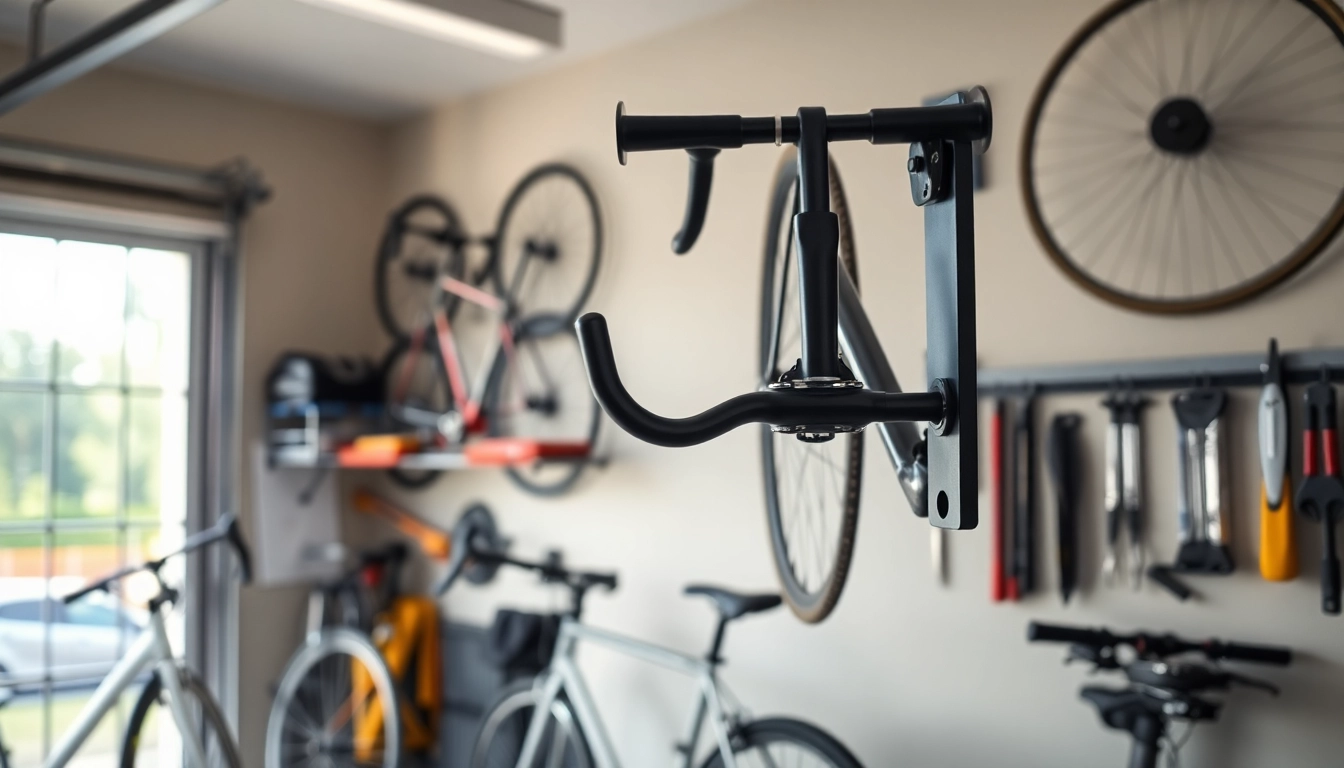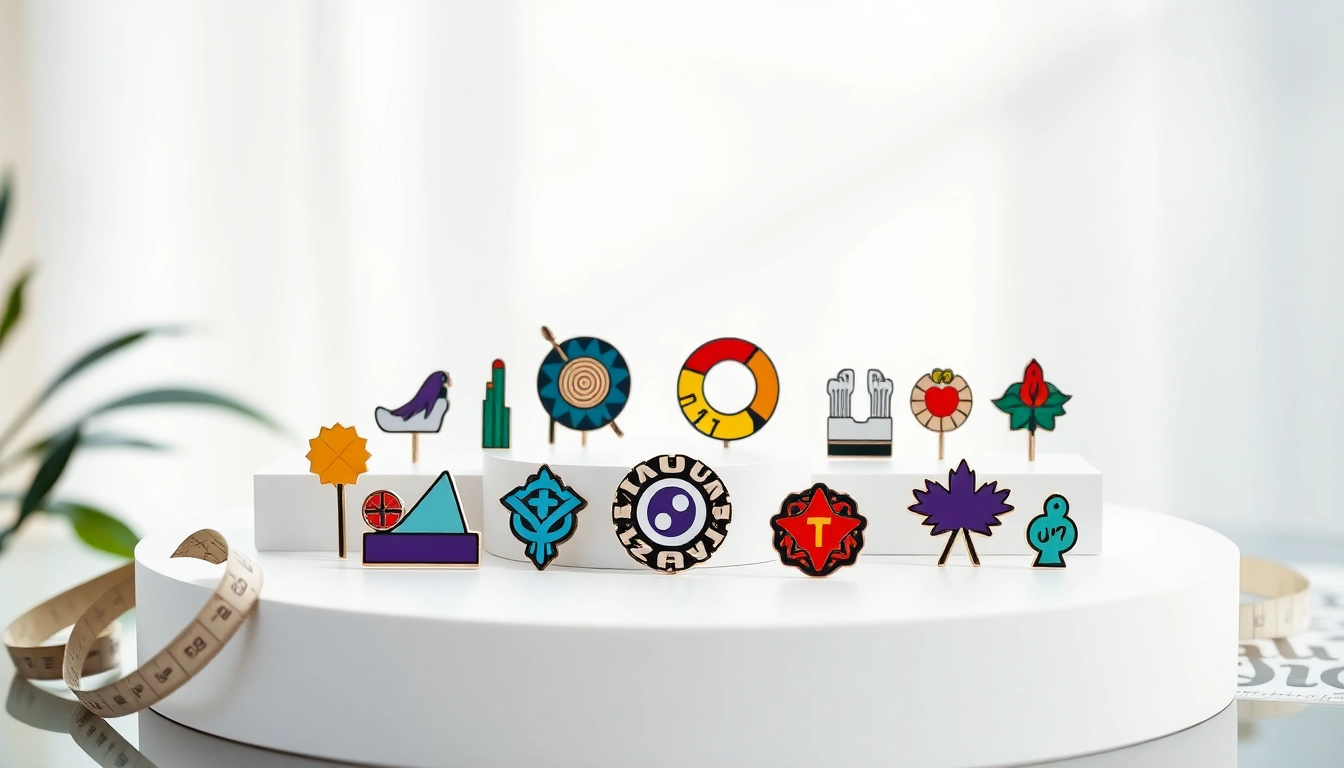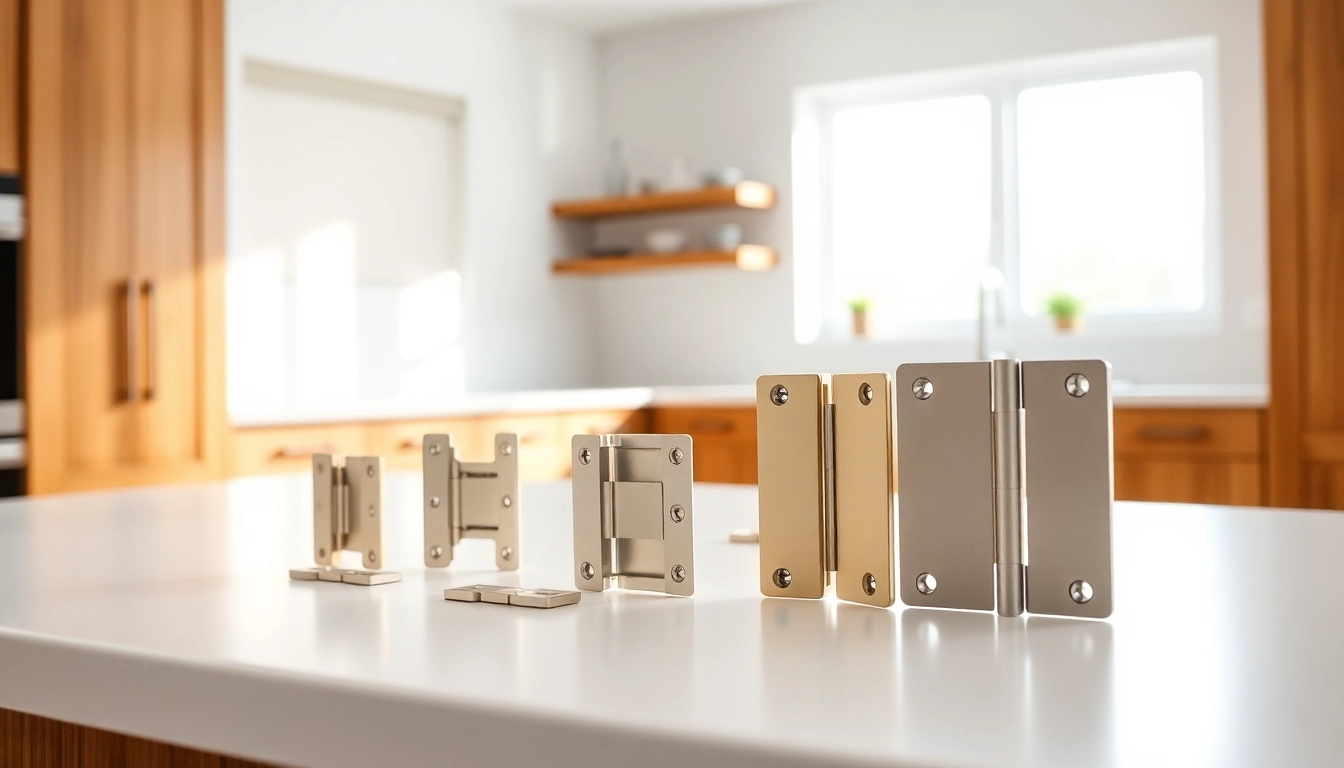1. Understanding Bicycle Wall Hanger Basics
1.1 What is a Bicycle Wall Hanger?
A bicycle wall hanger is a storage solution designed to efficiently utilize wall space for housing bicycles in homes, garages, or shops. Its primary function is to secure a bike vertically or horizontally against a wall, preventing it from taking up valuable floor space. These hangers come in various designs, catering to different bike types and user preferences. They often consist of mounting brackets, hooks, or integrated systems that hold the bike securely while offering easy access when needed.
1.2 Benefits of Using a Bicycle Wall Hanger
The advantages of incorporating a Bicycle wall hanger into your living space extend beyond aesthetics. Key benefits include:
- Space optimization: By freeing up floor space, wall hangers are ideal for small apartments or garages.
- Enhanced organization: They promote a clutter-free environment, making it easier to locate your bicycle and other related gear.
- Protection from damage: Storing bikes off the ground minimizes the risk of scratches, dents, or other damage caused by falls or collisions.
- Simplified maintenance: Hanging bikes makes it easier to perform routine checks and maintenance without needing to maneuver around other items.
1.3 Key Features to Look For
When shopping for a bicycle wall hanger, consider the following key features to ensure it meets your needs:
- Weight capacity: Check if it can support the weight of your bicycle.
- Material quality: Look for durable materials like steel or heavy-duty plastic that can withstand the elements.
- Design flexibility: Some hangers allow for adjustable heights or angles, accommodating different bike sizes and types.
- Ease of installation: Choose designs that come with clear instructions and all necessary hardware for setup.
2. Selecting the Right Bicycle Wall Hanger
2.1 Different Types of Bicycle Wall Hangers
Not all bicycle wall hangers are created equal. Here are several types you might encounter:
- Vertical wall hangers: These mount to the wall and allow the bike to hang vertically, making them perfect for tight spaces.
- Horizontal wall mounts: These hold the bike horizontally and often require more wall space but are generally easier to access.
- Foldable wall racks: Designed for versatility, these racks can be folded up when not in use, conserving space.
- Integrated storage systems: Some advanced models include storage for helmets and other accessories, providing a comprehensive solution.
2.2 Evaluating Material and Durability
The material of your chosen bicycle wall hanger plays a significant role in its durability and longevity. Common materials include:
- Steel: Renowned for its strength and ability to support significant weight, steel is often used in high-end models.
- Aluminum: Lightweight yet strong, aluminum hangers are ideal for those who want a sleek design without compromising sturdiness.
- Plastic: While generally more affordable, plastic options may not support heavier bikes and can wear out over time.
2.3 Space Considerations for Your Hanger
When selecting a bicycle wall hanger, it is crucial to consider the available space. Take into account:
- Room dimensions: Measure the wall area to determine what size and type of hanger will fit.
- Height: Ensure adequate headroom and accessibility; you don’t want to struggle when taking your bike off the wall.
- Surrounding items: Consider the location of other stored items, as they may interfere with accessing your bike.
3. Installation and Setup of Bicycle Wall Hanger
3.1 Tools Needed for Installation
Installing a bicycle wall hanger requires a few basic tools. Typically, you will need:
- Drill and bits for wall mounting
- Screwdriver
- Level to ensure proper alignment
- Tape measure for spacing
- Stud finder to locate secure mounting points
3.2 Step-by-Step Installation Guide
Follow these steps for a successful installation of your bicycle wall hanger:
- Choose a location: Select a convenient wall space where your bike will be easily accessible.
- Locate wall studs: Use a stud finder to identify where you can securely attach the hanger.
- Mark the placement: Use a level to mark the points where you will drill holes.
- Drill holes: Based on your marks, drill holes into the wall, making sure they align with the studs.
- Attach the hanger: Use screws to securely fasten the hanger to the wall.
- Test stability: Check that the hanger is firmly in place before hanging your bike.
3.3 Common Installation Mistakes to Avoid
To ensure a successful installation, be mindful of these common pitfalls:
- Ignoring weight capacity: Ensure that the wall mount can support your bike’s weight; otherwise, you risk damage.
- Not leveling the mount: A crooked installation can lead to frustration when removing or storing the bike.
- Choosing the wrong location: Avoid places with heavy foot traffic or obstructions that will hinder access.
4. Maintenance Tips for Your Bicycle Wall Hanger
4.1 Regular Checks and Safety Measures
To prolong the life of your bicycle wall hanger, conduct regular checks. Look for signs of wear, such as loose screws or weak materials, and tighten or replace parts as necessary. Implement safety precautions when removing or storing the bike to avoid injuries.
4.2 Cleaning and Care Tips
Like any storage solution, your bicycle wall hanger benefits from regular cleaning. Here are some tips:
- Wipe down surfaces: Use a damp cloth to clean grime and dust from the hanger.
- Inspect for rust: If your hanger is metal, ensure there’s no rust forming, and treat it immediately if there is.
- Check bike condition: Use cleaning time to inspect your bike for issues or necessary maintenance.
4.3 Upgrading Your Hanger with Accessories
Consider adding functional accessories to enhance your hanger, such as:
- Accessory hooks: Hang helmets, locks, and other cycling gear for convenient access.
- Storage shelves: Create additional storage space for gear and maintenance tools.
- Cushioning pads: If your bike comes in contact with metal hooks, pads can prevent scratches.
5. Enhancing Home Organization with Bicycle Wall Hanger
5.1 Creative Ways to Use Your Hanger
Beyond simply hanging a bike, there are creative ways to use a bicycle wall hanger to optimize your space:
- Decorative elements: Incorporate your bike as a piece of decor—choose a stylish hanger that complements your home.
- Multi-bike configurations: If you have multiple bikes, consider a system that allows for stacking or safely storing bikes side-by-side.
- Functional art: Utilize bike hangers that are aesthetically pleasing, merging functionality with art in your space.
5.2 Integrating with Existing Home Decor
Choose a bicycle wall hanger that matches your existing decor styles, such as:
- Modern designs: Opt for sleek, minimalistic styles for contemporary settings.
- Rustic materials: Consider wooden or wrought iron hangers for a more rustic or vintage appeal.
- Color coordination: Match colors with your wall or surrounding furniture to create a harmonious look.
5.3 Case Studies: Successful Bicycle Wall Hanger Implementations
Many homeowners and businesses have successfully implemented bicycle wall hangers to save space and enhance organization. For example:
- A small apartment: By installing a vertical wall mount, residents maximized their limited space while keeping the bike easily accessible.
- A family garage: The use of multiple horizontal mounts allowed a household to store various bikes, clearing floor space for additional activities.
- A local bike shop: Employed wall mounts to exhibit the bikes dynamically, attracting customers while preserving floor space.



